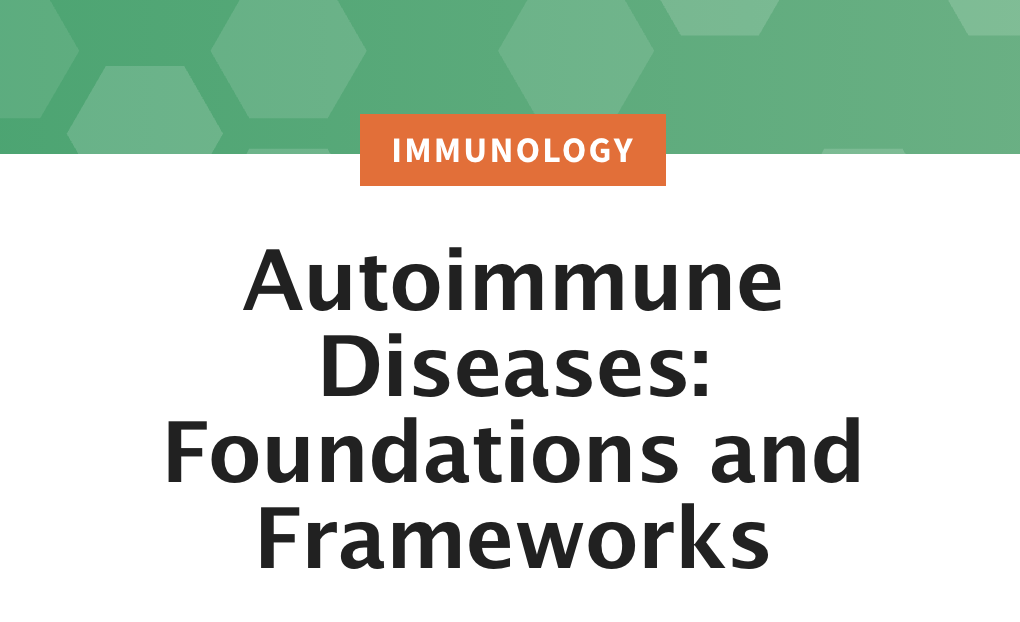Case #7: Fatigue and Vomiting
Case Preparation
Bricks

Learning Objectives
- Define tolerance and self-tolerance, and describe the relationship between self-tolerance and autoimmunity.
- Describe how autoimmune diseases are thought to be caused by both genetic factors and environmental factors.
- Briefly define systemic lupus erythematosus, rheumatoid arthritis, systemic sclerosis (scleroderma), and Sjögren syndrome.
- Describe in general how autoimmune diseases are diagnosed, and briefly discuss standard treatment options for autoimmune disorders as a group.

Learning Objectives
- Define adrenal insufficiency.
- Describe the most common causes of primary and secondary adrenal insufficiency.
- Describe the clinical features of adrenal insufficiency.
- Describe the diagnosis of adrenal insufficiency, including how to distinguish between primary and secondary adrenal insufficiency.
- Outline the treatment of adrenal insufficiency.

Learning Objectives
- Describe the biosynthesis of cortisol and corticosterone, beginning with cholesterol.
- Describe the mechanism of cortisol release by the hypothalamic-pituitary axis and the release of hypothalamic CRH (corticotropin-releasing hormone) and anterior pituitary ACTH (adrenocorticotropic hormone).
- Describe the transport of cortisol, and explain the cellular mechanism of action of glucocorticoids within the cells.
- Identify the major physiological actions and therapeutic uses of glucocorticoids, including effects on the immune system, metabolism, fetal development, and cognition and memory.
Videos
Case #7: Fatigue and Vomiting

Chief Complaint: Vomiting and Fatigue
Brief History: 20-year-old female college student with a past medical history of hypothyroidism presents to the emergency center in January with persistent vomiting of over 10 times per day and now she has noticed small amounts of bright red blood in her emesis.
Case Assessment

Go Deeper



